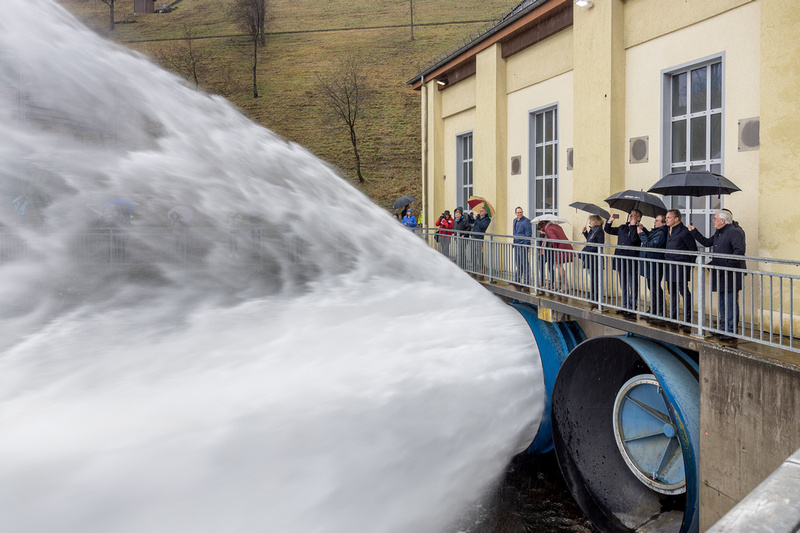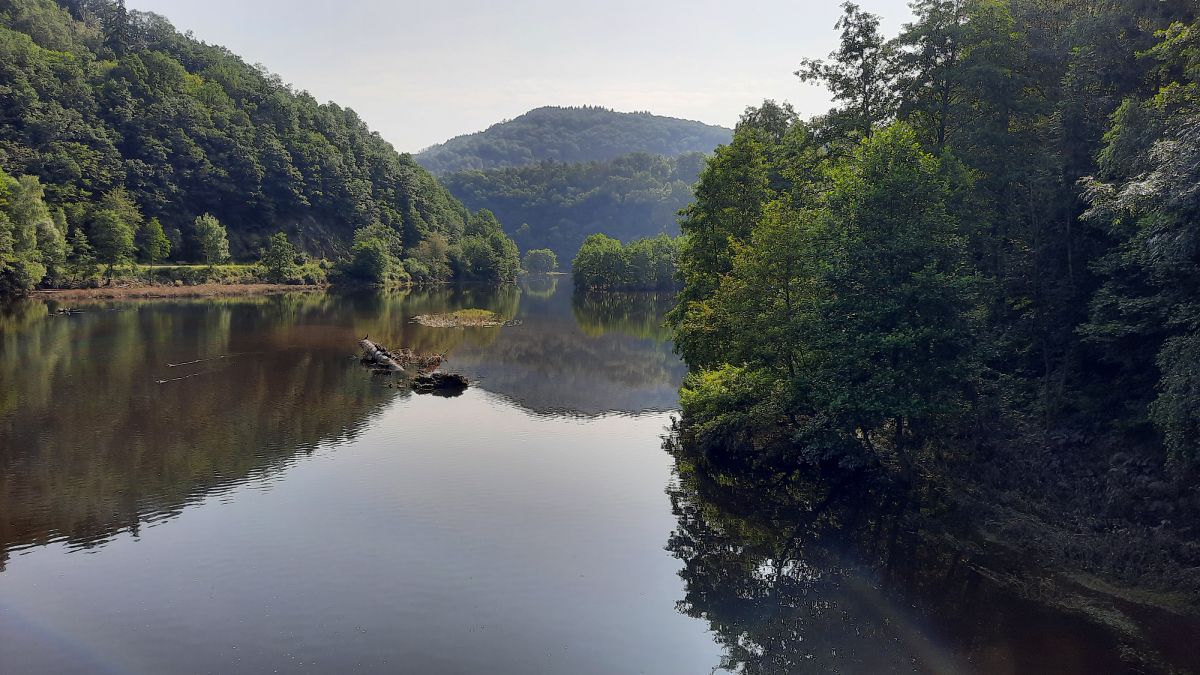
interview with Prof. Dr. Holger Schüttrumpf
Scientific base for sustainable water management in the Rur river basin
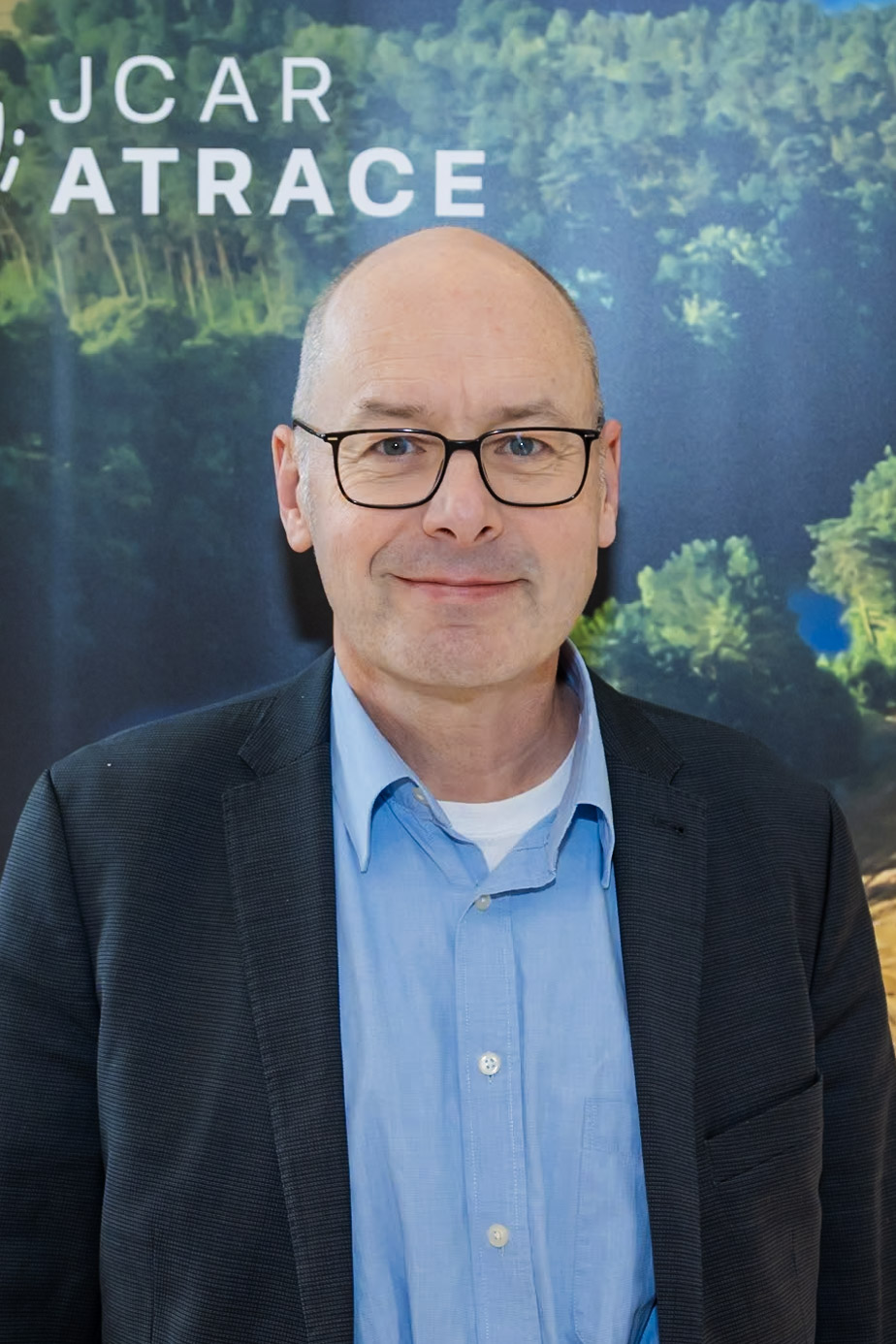
Head of Institute of Hydraulic Engineering and Water Resources Management of RWTH Aachen University
Holger Schüttrumpf
Prof. Dr.-Ing. Holger Schüttrumpf is a University Professor at RWTH Aachen University, where he leads the Institute of Hydraulic Engineering and Water Resources Management. His research areas include flood risk management, coastal engineering, groundwater dynamics, reservoirs, and eco-hydraulics. He has been a well-known and reliable expert for municipalities and associations in flood protection and other water management issues for over 15 years a.o. in Germany, Europe and worldwide. More recently, his expertise has found its way into three national and international research projects on the 2021 flood event such as EMFloodResilience (Interreg), KAHR (BMBF) and HoWas2021 (BMBF).
Welcome Holger, thanks a lot for making time to talk to us. Could you tell the readers a bit about yourself? What is the institute you are working with and what are their main topics for research?
“I am a civil engineer. So many years ago, I started studying civil engineering at the Technical University of Braunschweig, specialising in coastal engineering and hydraulic engineering. I have been head of the Institute of Hydraulic Engineering and Water Resources Management at RWTH Aachen University since 2007. In general, we cover all topics related to hydraulic research and water resources management, such as flood protection and flood risk management, dams and hydropower. Additionally, we conduct research on sediment transport. During the last years, focusing on microplastic transport. Besides this, we do research in coastal engineering and other topics such as early warning, artificial intelligence, and remote sensing. We have our own hydraulic lab where we run experimental models and we develop our own numerical codes, but we also work in a local, regional, European, and global scope where we apply numerical codes or conduct field measurements.”
As a research institute you focus on research questions related to sustainable water management, for example in the Rur river catchment. What do you consider the most important future challenges for water management in the Rur river catchment?
“We have been working in the Rur river for decades, because the Rur river connects the Eifel Mountains with the city of Roermond, and the river Meuse and is in close vicinity to our Institute. We have conducted research in the past on the development of the Rur river under the umbrella of historical land use and climate change. Currently, a major challenge for future sustainable water management is how to manage the Rur river under changing conditions. There are big changes taking place in land use, as lignite mines are slowly closed for operation which have always impacted the rivers in the area strongly. The second challenge is climate change and adapting our water management to its impacts, which make floods and droughts more common occurrences. Recently, we encountered drought events in 2018, 2019, 2020 and 2022, and a major flood event in 2021. We must find a balance somehow between extreme wet events on one side and extreme dry events on the other side. This is the basis for our research and for the challenges related to sustainable water management in the Rur catchment.”
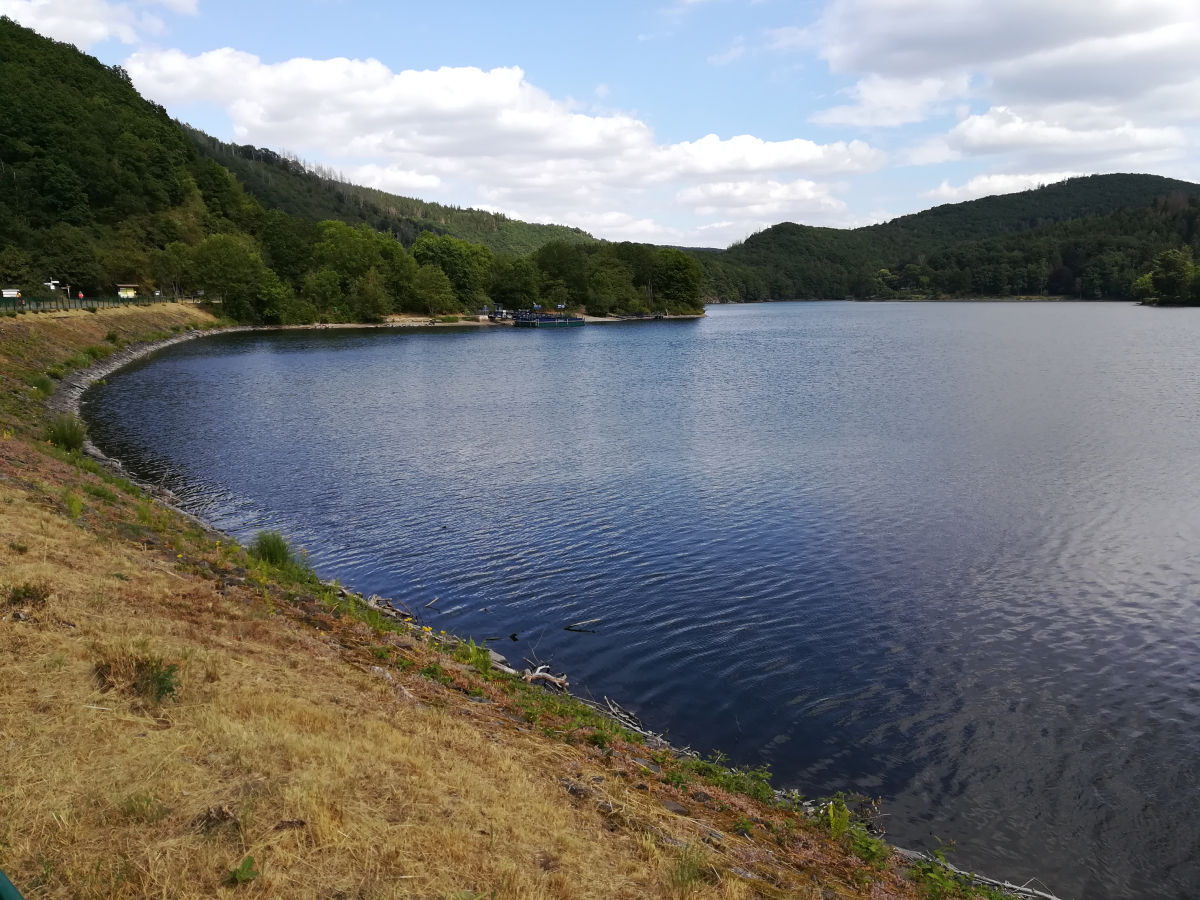
Which lessons learned from your research done in the aftermath of 2021 floods can be further elaborated on in JCAR ATRACE on the transboundary Rur catchment or other smaller river basins, shared by Germany and the Netherlands?
“This was an event that we never experienced before during our lifetime, which means we have to start preparing for similar extreme hydrological events in future. This means that we have to be prepared for both sides; the dry and the wet side of the hydrological cycle. Since the Rur catchment is a cross-border catchment, it is important to consider that what we do not only impacts our country and our environment, but also the neighbouring countries, which in this context is the Netherlands. Therefore, one of the main questions is: what can we do in Germany to protect ourselves, but also protect our neighbours in the Netherlands as well. This also applies to other cross-border catchments in the Benelux and Germany. What we will do in JCAR ATRACE is to focus on these types of transborder catchments. We want to find out what will be the cross-border impact of both flood protection and drought protection measures in one country on the other countries. That is essential in JCAR ATRACE and what we have to further work on in the coming years.”
On what topics do you want to focus within the JCAR ATRACE programme?
“One of the main topics is understanding the impacts of the upstream reservoirs on flood protection and the flood situation in the Netherlands. We choose to focus on this topic, because during the 2021 event, we had an inflow to our dams in the order of about 1,000 cubic metre per second. The outflow of the reservoir system was in the order of 100 cubic metre per second, and the discharge in the border close to Roermond was in the order of 350 cubic metre per second. This means a large part of the water was stored in the reservoirs. Imagine the situation without reservoirs! This would have led to much more than 1,000 cubic metres per second flowing from Germany to the Netherlands, probably majorly impacting even more cities. I hope we will not only focus on the reservoirs here in the Eifel Mountains, but that we can also focus on other reservoirs, to allow for a transfer of best practices of what we learned to other reservoirs in the Benelux, for reservoirs on the Belgian side in the upstream parts of the River Meuse.”

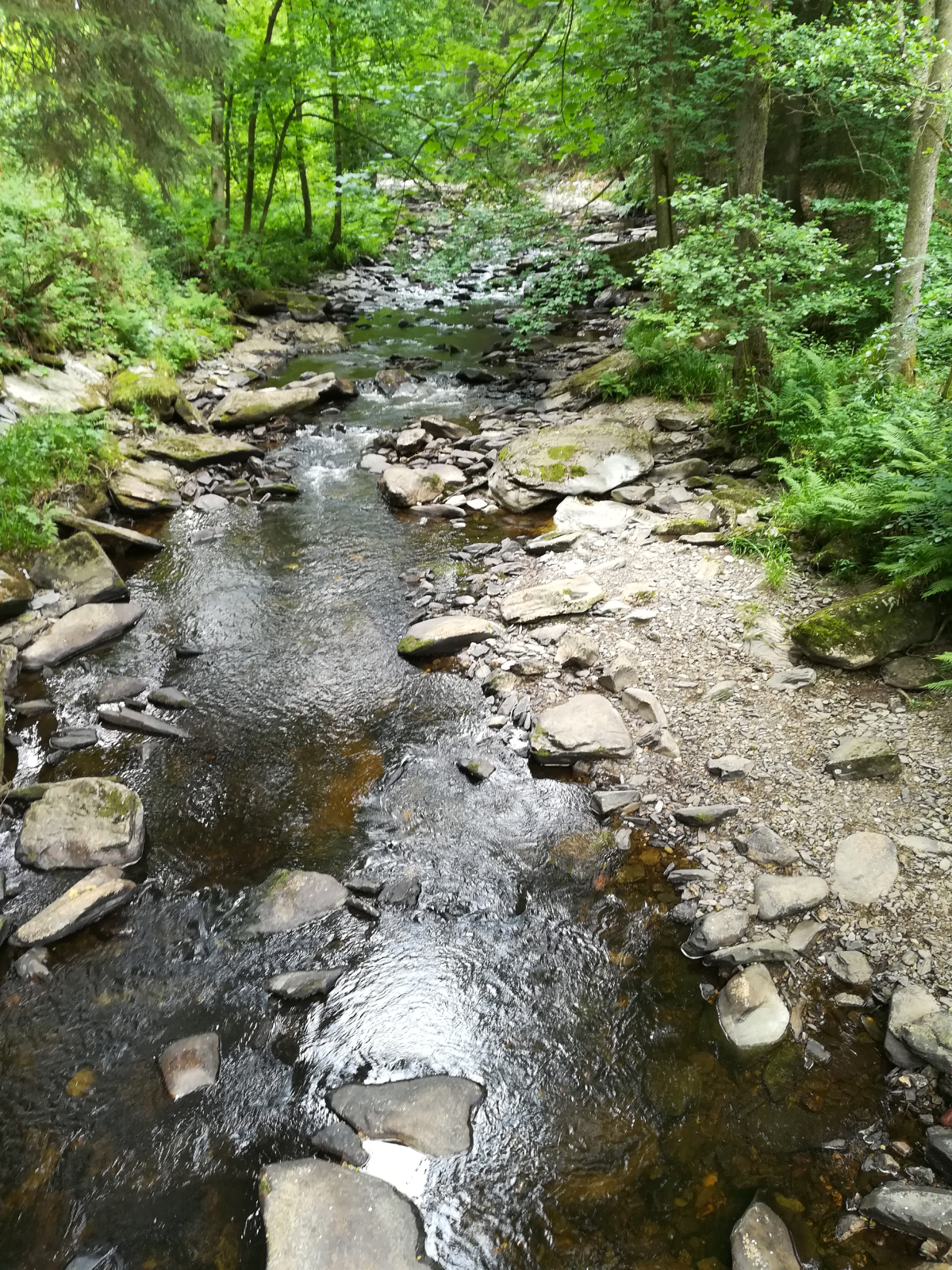
What is in your view the added value of knowledge cooperation programme JCAR ATRACE in enhancing climate adaptation and resilience in the Eifel-Rur area and maybe other areas of the Benelux and neighbours?
“There is a strong need for cross-border cooperation as rivers do not adhere to borders. Take the Inde catchment as example (a sub catchment of the Rur river reservoir); A single water drop crosses through multiple countries. There is a small part in Belgium near Raeren, then the water flows to Germany and then from Germany via the Rur river to the Netherlands, so it crosses all our borders. However, a drop of water doesn't care about our borders, which are a human construct and of course not part of the natural hydrological cycle. A second important aspect is learning from each other. When I previously worked on European projects, I noticed that the moment where we work together and we discuss different aspects, everyone benefits from this corporation: countries downstream, countries upstream and their habitants. With JCAR ATRACE, we can adapt to climate change and its consequences for water management on an international level.”
